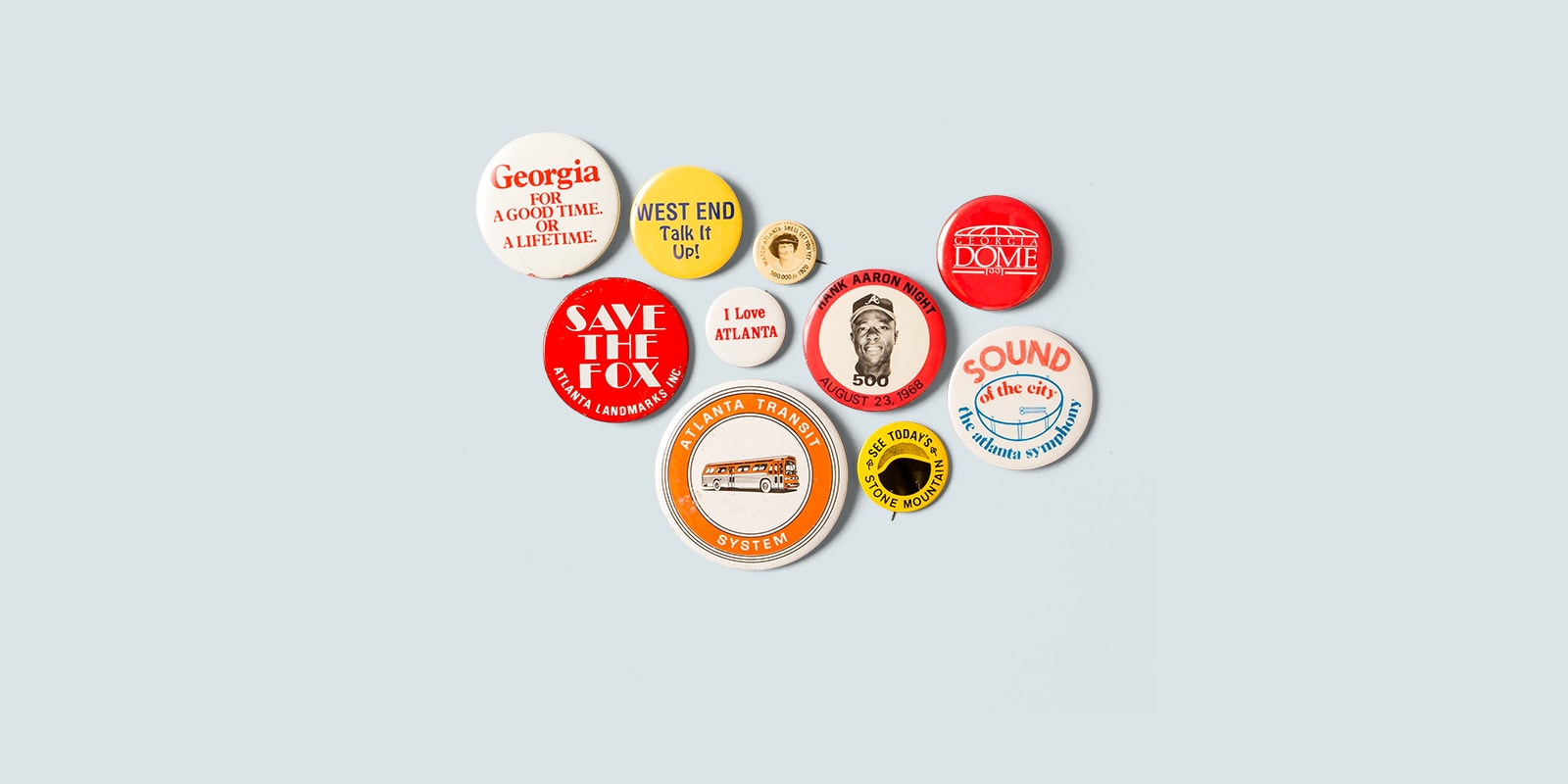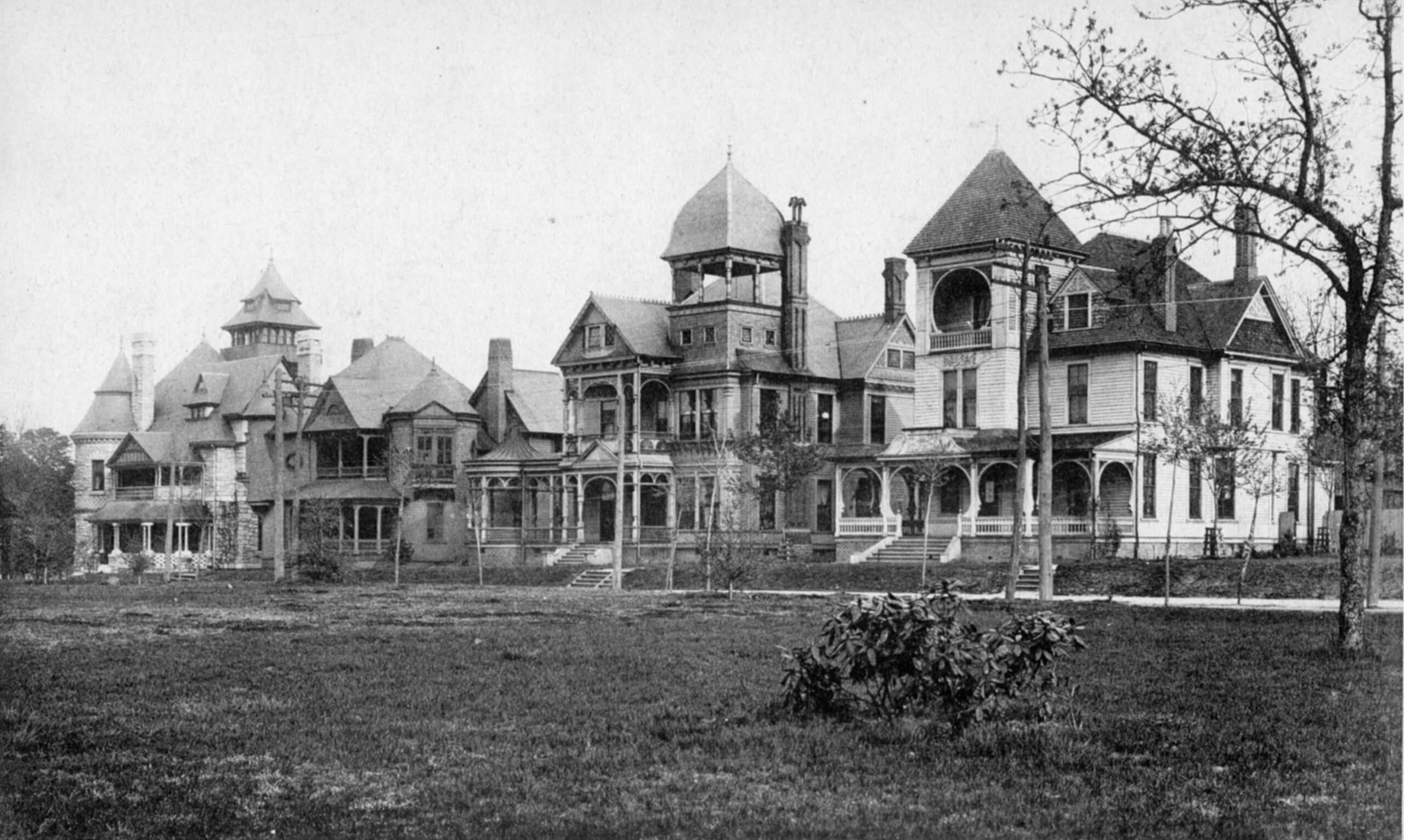Atlanta in 50 Objects
A pink pig and a renegade cow. A movie prop and a Coke bottle. A Pulitzer Prize–winning book and a Nobel Prize–winning icon.
How do you tell the story of Atlanta in 50 objects? We decided the best experts were Atlantans themselves—residents who cheer the Braves and rue I–285 rush-hour traffic, who understand how Civil War losses and Civil Rights victories together helped forge the city’s unique identity. Atlanta History Center asked the public to submit what objects they think best represent their town. The parameters were broad: an object could also be a person, a place, an institution, or an idea. After receiving hundreds of submissions, History Center staff assembled a collection of fifty pieces that represent the themes identified by the public. In addition to items from our own collections, we have partnered with many local institutions and individuals to gather artifacts from around the city to tell this community–driven story.


Neighborhoods
Atlanta is known for its diversity of neighborhoods, both historic and contemporary.
The streetcar connected Atlanta’s earliest planned suburbs to the city. The Inman Park residential district, developed by Joel Hurt in 1890, survives remarkably intact and thrives as one of the city’s numerous, close-in historic neighborhoods. Ansley Park, platted in 1905, is considered the first neighborhood designed for the automobile. Wide streets are a hallmark of this National Register Historic District.
In the 1920s, the automobile led to a ring of middle–class, bungalow-type houses, and communities two to five miles from downtown. Included in this ring are Home Park and Virginia Highland on the north, Candler Park and Edgewood on the east, Sylvan Hills and West End on the south, and Washington Park on the west side.
Through citizens advisory councils called Neighborhood Planning Units (NPU), created by the City of Atlanta in 1974, residents participate actively and guide decisions affecting their neighborhoods.

Late-Victorian houses on Edgewood Avenue, Inman Park, 1895. Kenan Research Center at Atlanta History Center